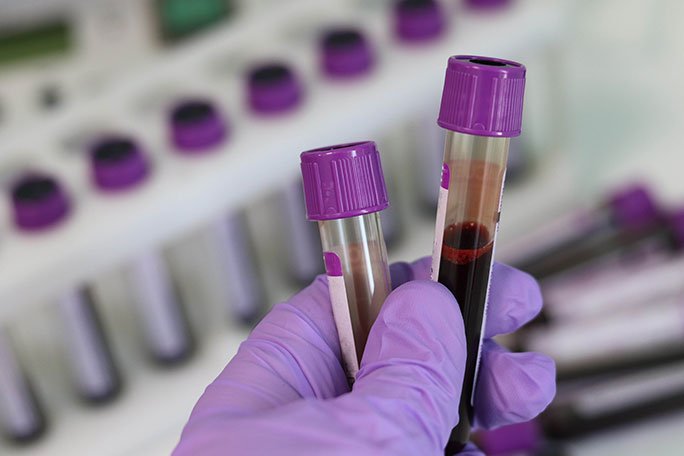The Role of FDA in Regulating Medical Equipment and Supplies
Summary
- The FDA plays a vital role in regulating medical equipment and supplies used in hospitals within the US
- The FDA categorizes medical devices based on their risk level and mandates different requirements for each category
- Hospitals must comply with FDA Regulations to ensure the safety and effectiveness of medical equipment and supplies
The Role of FDA in Regulating Medical Equipment and Supplies
The Food and Drug Administration (FDA) is responsible for ensuring the safety and effectiveness of medical devices used in hospitals across the United States. The FDA regulates a wide range of medical equipment and supplies to protect public health and ensure Quality Standards are met.
Categorization of Medical Devices
The FDA categorizes medical devices into three classes based on the level of risk they pose to patients. These categories include:
- Class I: Low-risk devices such as bandages and dental floss
- Class II: Moderate-risk devices such as syringes and wheelchairs
- Class III: High-risk devices such as implantable pacemakers and artificial hearts
Regulatory Requirements for Medical Equipment and Supplies
Each class of medical device is subject to different regulatory requirements set forth by the FDA. These requirements may include:
- Registration of the device with the FDA
- Product testing and approval before marketing
- Labeling requirements to provide essential information to users
- Quality system Regulations to ensure consistent product quality
- Post-market surveillance to monitor device performance and safety
Compliance with FDA Regulations
Hospitals are required to comply with FDA Regulations regarding the use of medical equipment and supplies within their facilities. Non-compliance can result in fines, product recalls, and legal action. To ensure compliance, hospitals must:
Training and Education
Hospital staff members must be trained on the proper use of medical devices and supplies to prevent errors and ensure patient safety. Training programs should cover device-specific instructions, troubleshooting procedures, and emergency protocols.
Documentation and Record-Keeping
Hospitals must maintain detailed records of all medical equipment and supplies used within their facilities. This includes information on device maintenance, calibration, and usage instructions. Proper documentation helps track device performance and aids in regulatory inspections.
Vendor Management
Hospitals should establish vendor management protocols to ensure the procurement of FDA-approved medical devices and supplies. Vendors must provide documentation of regulatory compliance and product certifications. Regular audits of vendors can help confirm compliance with FDA Regulations.
Conclusion
The FDA plays a crucial role in regulating medical equipment and supplies used in hospitals within the United States. By categorizing devices based on risk level and enforcing regulatory requirements, the FDA ensures the safety and effectiveness of medical devices. Hospitals must comply with FDA Regulations through training, documentation, and vendor management to uphold Quality Standards and protect patient health.

Disclaimer: The content provided on this blog is for informational purposes only, reflecting the personal opinions and insights of the author(s) on the topics. The information provided should not be used for diagnosing or treating a health problem or disease, and those seeking personal medical advice should consult with a licensed physician. Always seek the advice of your doctor or other qualified health provider regarding a medical condition. Never disregard professional medical advice or delay in seeking it because of something you have read on this website. If you think you may have a medical emergency, call 911 or go to the nearest emergency room immediately. No physician-patient relationship is created by this web site or its use. No contributors to this web site make any representations, express or implied, with respect to the information provided herein or to its use. While we strive to share accurate and up-to-date information, we cannot guarantee the completeness, reliability, or accuracy of the content. The blog may also include links to external websites and resources for the convenience of our readers. Please note that linking to other sites does not imply endorsement of their content, practices, or services by us. Readers should use their discretion and judgment while exploring any external links and resources mentioned on this blog.
